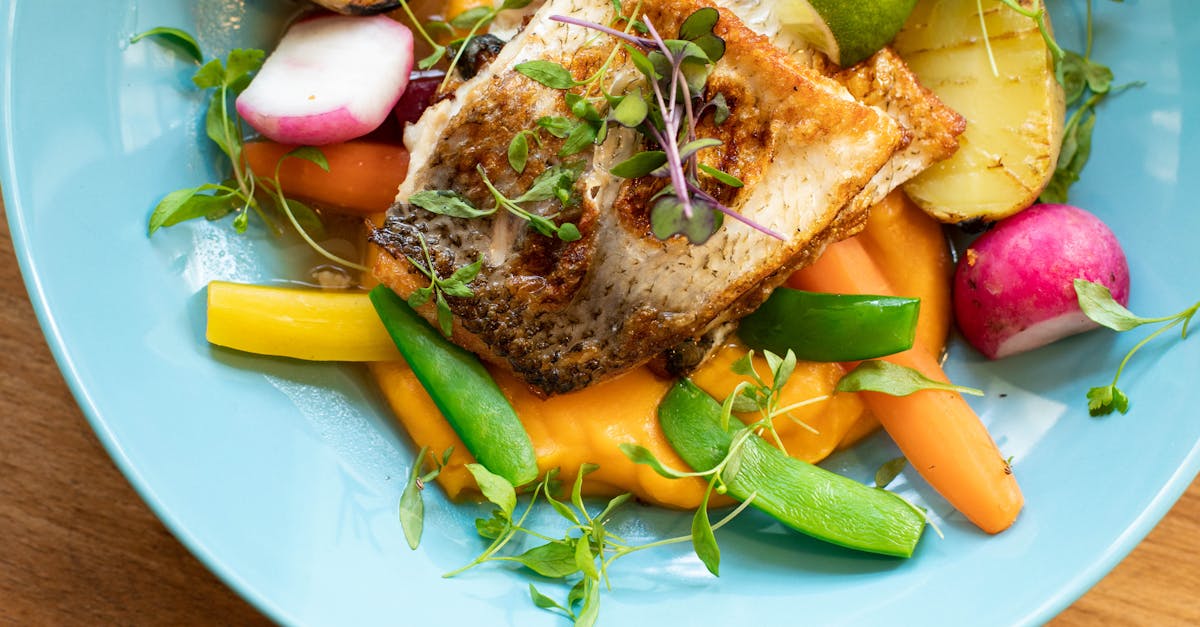
Introduction
Modern gastronomy is experiencing a revolution of flavors, techniques, and concepts that are reshaping the culinary arts. This evolution moves beyond traditional cooking to embrace creativity, science, and technology in the kitchen. From molecular gastronomy to sustainable eating, chefs are pushing boundaries to create unique dining experiences. By incorporating techniques like fermentation, sous-vide, and infusion, they blend culinary art with scientific precision. This trend not only delights the palate but also challenges perceptions of what food can be. Modern gastronomy is an exciting dance between tradition and innovation, drawing food enthusiasts into a world of endless culinary possibilities.
The Science Behind the Taste
Modern gastronomy leans heavily on molecular gastronomy, which merges scientific concepts with cooking skills to enhance taste and presentation. Techniques like spherification, gelification, and emulsion allow chefs to alter the texture and form of ingredients, creating new sensory experiences. Understanding the biochemistry behind flavors enables chefs to invigorate classic dishes with unexpected twists. The use of liquid nitrogen, for instance, instantly freezes ingredients, retaining vibrant flavors and unique textures not achievable through traditional methods. This fusion of science and cooking has allowed gastronomy to transcend its limits and become an exploratory art form.
Technology in the Kitchen
The kitchen of the future is here, with technological advancements transforming how chefs approach cooking. Precision cooking devices like sous-vide immersers and smart ovens allow for consistent, controlled cooking environments. Infusion machines and thermal circulators bring advanced flavor extraction and perfect doneness to every dish. Digital tools aid in conceptualizing intricate presentations, while 3D food printing prototypes offer a glimpse into the previously unimaginable possibilities of plating design. The integration of technology in gastronomy not only accelerates innovation in taste but also redefines kitchen efficiency and creativity.
The Rise of Plant-Based Innovation
An essential wave in modern gastronomy is the burgeoning emphasis on plant-based cuisines, as consumers shift toward health-conscious and sustainable eating habits. By using inventive techniques, chefs craft plant-based dishes that are just as satisfying as their meat counterparts. Ingredients like jackfruit and seitan recreate the texture and flavor profile of traditional proteins. Milk alternatives, innovative fermentation processes, and plant-based emulsifiers expand the repertoire of dairy-free creations. This movement supports biodiversity by encouraging a diet rich in a variety of fruits, vegetables, grains, and legumes.
Embracing Cultural Fusion
Gastronomy waves often converge through cultural fusion, as chefs merge techniques and flavors from diverse culinary traditions. Globalization has expanded chefs' palates and ingredient lists, inspiring them to combine traditional recipes with global influences. This culinary cross-pollination results in dishes like Japanese-Peruvian Nikkei cuisine, Korean-Mexican tacos, and Mediterranean-Middle Eastern blends. By breaking boundaries, the modern gastronomy scene celebrates cultural diversity, encourages culinary exploration, and broadens diners’ culinary horizons.
Artful Presentation and Sensory Experience
Modern gastronomy moves beyond taste to engage all the senses, elevating food presentation to be an integral part of the dining experience. Chefs use visual appeal, aroma, texture, sound, and even emotion to create memorable meals. Dining becomes interactive, with dishes encouraging guest participation, like assembling their components or garnishing courses. Lighting, ambiance, and tableware are meticulously curated to enhance sensory experiences, proving that gastronomy is not just about eating but about creating lasting impressions.
The Philosophy of Sustainability
The modern gastronomy movement has adapted a conscientious philosophy, embracing sustainable practices and reducing the industry’s footprint. Chefs advocate for reduced food waste, utilizing every part of an ingredient, from root to stem. Locally sourced produce and seasonal menus minimize transportation emissions and bolster regional agriculture. The exploration of alternative protein sources, such as insects or lab-grown meats, contributes to environmentally sound dining options. This focus on sustainability seeks to protect ecosystems while delivering exceptional, forward-thinking cuisine.
Storytelling Through Food
Food storytelling becomes central in exploring modern gastronomy, where each dish narrates a story of its origin, heritage, or cultural significance. Chefs convey tales of bygone traditions through modern interpretations on the plate. Menus evolve to include stories about ingredient sourcing, invoking a connection between diners and the communities the ingredients represent. This narrative aspect enhances the dining experience, turning each meal into more than just a pleasant taste, but a journey through time, place, and emotion.
Challenges in Modern Gastronomy
Despite its innovation, modern gastronomy faces challenges in technique accessibility and maintaining authenticity. The complexity of molecular techniques requires specialized training and equipment, limiting access. Balancing artistic freedom with cultural integrity poses ethical dilemmas in fusion cuisines. Despite these hurdles, gastronomy evolves, spurred by the dynamism of chefs passionate about inventiveness, education, and diversity. Continued trends toward inclusivity and collaboration will guide the movement to overcome these obstacles.
Conclusion
Modern gastronomy offers a rich tapestry of creativity by blending traditional techniques with futuristic advancements. It challenges the culinary status quo, inviting chefs and diners to explore complex flavors and innovative presentations. As the industry evolves, it emphasizes health, sustainability, and cultural appreciation. At the heart of this evolution lies a commitment to authentic storytelling and meaningful connections through food. The future of gastronomy is bright, promising endless occasions for discovery, delight, and delicious exploration.